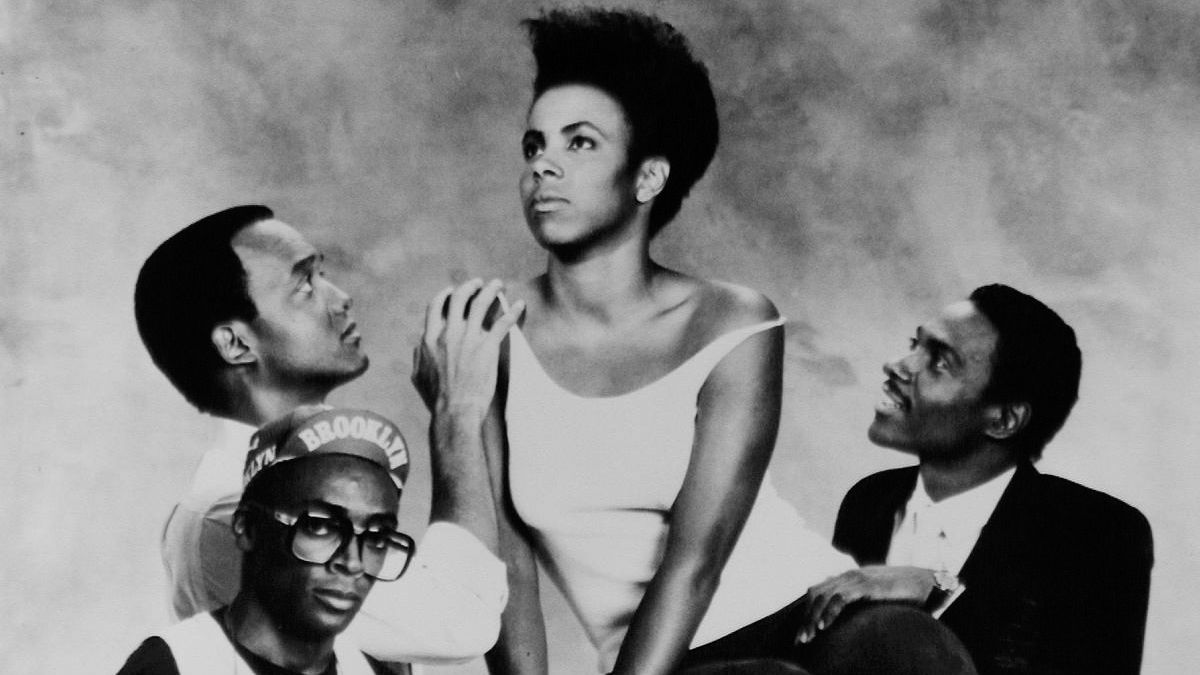Spike Lee burst onto the filmmaking scene with this, his groundbreaking debut feature. Low in budget but high in confidence, She’s Gotta Have It fizzes with unadulterated energy and style, from its kaleidoscopic opening montage of stills depicting life in Brooklyn (where the film is set) to the joyous direct addresses of its credits sequence. The film helped to kick off the independent movie movement in the US, and it’s not hard to see why: Lee and his collaborators (including members of his own family) do so much with so little here. Along with its visual and formal inventiveness — including ample fourth wall breaks and cinematographer Ernest Dickerson’s momentary, audacious switch from black-and-white to vibrant color — She’s Gotta Have It also broke new ground with Nola (Tracy Camilla Johns), the young, Black, unapologetically polyamorous artist whom the film’s forthright exploration of sexuality and feminism is centered on. Lee has since expressed regret about one scene in the film — an ill-judged moment that unavoidably dilutes some of its brilliance — but this aside, She’s Gotta Have It stands overall as a radical, exuberant, and impressively assertive lightning bolt of an entry into the medium that Lee changed forever.
Synopsis
The story of Nola Darling's simultaneous sexual relationships with three different men is told by her and by her partners and other friends. All three men wanted her to commit solely to them; Nola resists being "owned" by a single partner.
Storyline
Nola Darling’s three lovers — an egotistical model (John Canada Terrell), boyish smooth-talker (Spike Lee), and the suave yet controlling Jamie (Tommy Redmond Hicks) — want her to choose between them, but what if there’s another option: not choosing at all?
TLDR
It says something that “We let her create a three-headed, six-armed, six-legged, three-penised monster” isn’t even the craziest line in this.
What stands out
Though the narrative is, admittedly, imperfect, Lee’s debut largely still feels as fresh as it must have on its original release. Its riotously experimental flourishes of style and gleeful embrace of its own DIY roughness are an inadvertent reminder of how risk-averse the vast bulk of cinema has sadly been since Lee’s debut. Its enduring freshness is also mirrored in large part by Nola’s liberated sexuality and the film’s frank recognition of the limiting influence of the fragile men in her life — complexity that would be impressive in a fourth or fifth feature, let alone a first.






